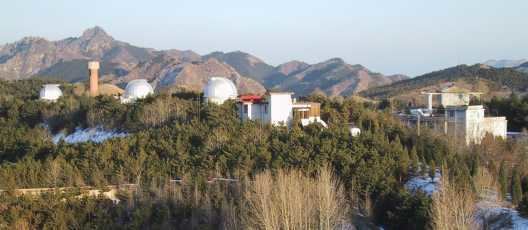 | ||
The Beijing Schmidt CCD Asteroid Program (SCAP) was a astronomical survey to search for near-Earth objects. It was conducted during the 1990s, at the Xinglong Station in the Yanshan mountains of China's Hebei province and resulted in the discovery of more than a thousand numbered minor planets.
Funded by the Chinese Academy of Science, the survey is sometimes also called BAO Schmidt CCD Asteroid Program and NAOC Schmidt CCD Asteroid Program, referring to the Beijing Astronomical Observatory (BAO) and National Astronomical Observatory of China (NAOC), respectively.
The instrument that SCAP used to detect near-Earth objects was a 60/90 cm Schmidt telescope. Equipped with a 2048×2048 CCD camera, this telescope was installed at the BAO Xinglong station in Hebei province, China.
In a conversation with Space.com contributor Michael Paine, SCAP head Jin Zhu said that the program's allotted time to use the Schmidt telescope was significantly reduced to make room for the observatory's other projects.
Discoveries
From 1995 to 1999, SCAP detected one new comet and 2460 new asteroids and observed 43860 other asteroids, making it the fifth largest asteroid observation project at that time. Five of the asteroids it discovered were NEAs, two of which were considered potentially hazardous asteroids (PHAs). In 2002, an NEA was discovered near Earth's moon.
